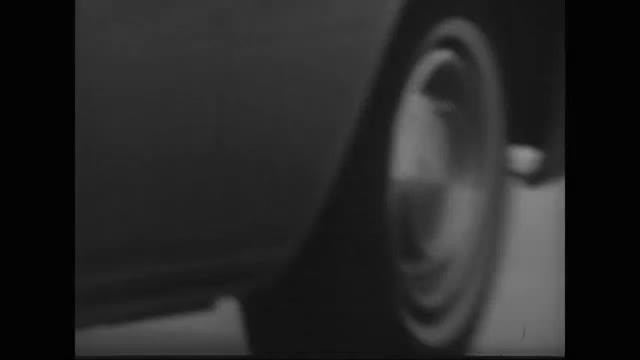 | ||
Orientation and Mobility or O&M is a profession which focuses on instructing individuals who are blind or visually impaired with safe and effective travel through their environment. Individual O&M Specialists can work for schools, government agencies or do private contracting for their services. The Academy for Certification of Vision Rehabilitation and Education Professionals offers certification for vision rehabilitation professionals, in the USA.
History of Orientation and mobility Orientation and mobility training actually began after World War II when techniques were developed to help veterans who had been blinded. In the 1960s universities started training programs for Orientation and Mobility Specialists who worked with adults and school-aged children. In the 1980s the O&M field recognized the benefit of providing services to preschool-aged children. Today, orientation and mobility specialists have developed strategies and approaches for serving increasingly younger populations so that O&M training may begin in infancy. The profession of Orientation and Mobility began to develop during, and immediately after, World War II, when soldiers who had been blinded in battle were sent to recuperate at Valley Forge Army General Hospital before entering Avon Old Farms Convalescent Hospital, the U.S. Army's former experimental rehabilitation center for blind soldiers in Avon, Connecticut.
Orientation and Mobility Specialists An Orientation and Mobility (O&M) Specialist provides instruction that can help you develop or relearn the skills and concepts you need to travel safely and independently within your home and in the community. O&M Specialists provide services across the life span, teaching infants and children in pre-school and school programs, as well as adults in a variety of community-based and rehabilitation settings. Although Orientation & Mobility Specialists are primarily responsible for O&M training, their work may not always be done directly with the child. When the child is very young, for example, the O&M may provide consultation to the teacher of students with blindness/visual impairment, occupational therapist, physical therapist, early intervention specialist, and the family.
Importance of Orientation and Mobility in Rehabilitating Individuals who are Blind or Visually Impaired Orientation and mobility (O&M) is a vital a program for the blind and visual impaired and its importance can never be over emphasized. O&M is important because instruction covers the following areas;
